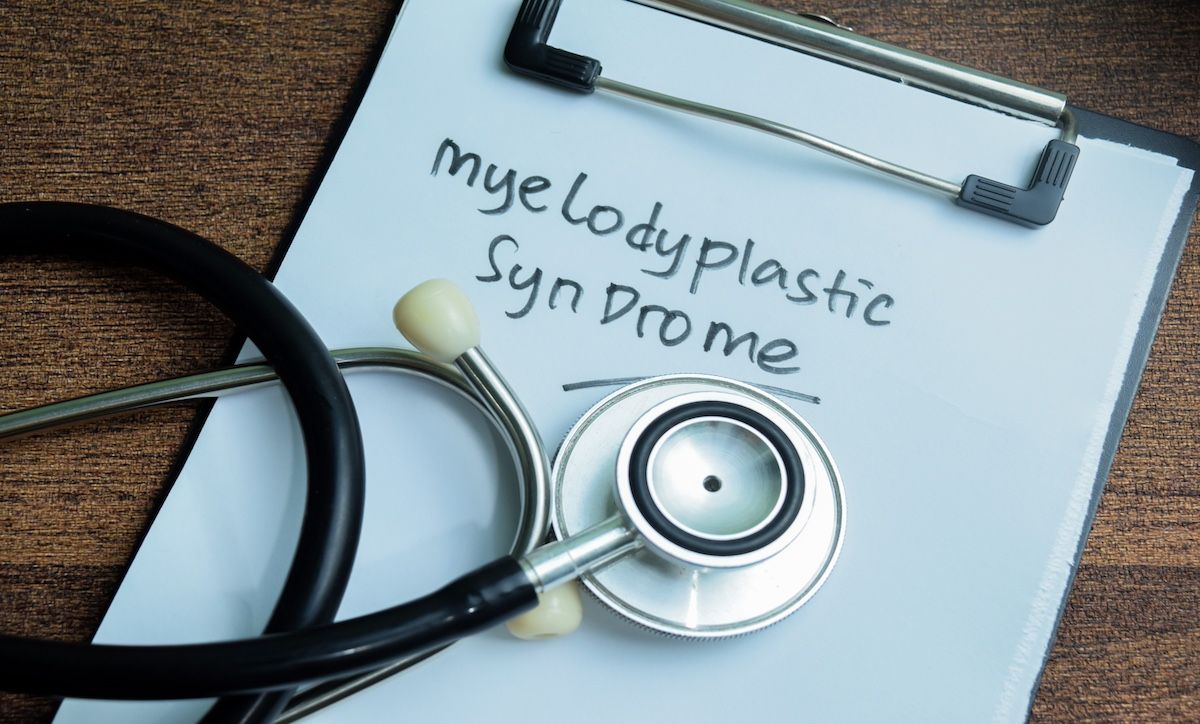Article
CLS Use Proved Superior at Reducing Adverse Outcomes in T1D vs Control Therapies
Author(s):
This systematic review and meta-analysis used a literature search to gather data from long-term randomized controlled trials on the effectiveness of closed-loop insulin systems (CLS) among nonpregnant patients with type 1 diabetes (T1D).
Better glucose control and reduced glucose variability (GV), as evidenced by better time in target range (TIR; 3.9-10 mmol/L or 70-180 mg/dL), lower glycated hemoglobin A1c (HbA1c), and fewer instances of hypoglycemia were seen in a new systematic review and meta-analysis of 11 randomized controlled trials (RCTs; crossover and parallel-group studies), covering 817 nonpregnant patients with type 1 diabetes and documented long-term use of a closed-loop insulin system (CLS).
The findings were published in BMJ Open Diabetes Research & Care.
The study authors performed literature searches in MEDLINE, EMBASE, and the Cochrane Library from inception through May 2021 for RCT findings of studies that evaluated CLS use over at least 8 weeks, which they defined to be long-term use. Some of their search terms were artificial pancreas, closed loop system, diabetes mellitus type 1, and randomized clinical trials. Therapy for control populations was via continuous subcutaneous insulin infusion (CSII) with blinded continuous glucose monitoring (CGM) or unblinded sensor-augmented pumps.
“Systematic reviews and meta-analyses have been performed prior to this study to demonstrate that closed-loop techniques were feasible and beneficial in a variety of clinical settings,” the authors wrote. “However, these meta-analyses were published prior to 2019 and the studies included had observation periods of less than 8 weeks.”
Using data from 10 of the trials, CLS use was linked to 10.32% higher TIR (95% CI, 8.70%-11.95%; P < .00001; I2 = 21%) vs controls, or 2 hours and 27 minutes/day. The weighted mean (WM) for SAP use was 56.91%. In addition, HbA1c declined 0.30% more with a CLS vs the control population (95% CI, –0.41% to –0.19%; P < .00001; I2 = 0%).
When the secondary outcomes of time above range (TAR), time below range (TBR), mean CGM glucose (MG), GV, low blood glucose index (LBGI), high blood glucose index (HBGI), coefficient of variation of glucose (CV), and SD of glucose concentration were evaluated, all outcomes were superior among those on CLS therapy vs controls for full-day glucose management P < .00001):
- TAR was 8.89% lower (95% CI, −10.57% to −7.22%; P < .00001)
- TBR was 1.09% lower (95% CI, −1.54% to −0.64%; P < .00001)
- LBGI was 0.22 lower (95% CI, −0.34 to −0.10; P = .0005)
- HBGI was 1.94 lower (95% CI, −2.46 to –1.42; P < .00001)
- MG was 10.57 mg/dL lower (95% CI, −13.12 to −8.01 mg/dL; P < .00001)
- CV was 1.41 lower (95% CI, −2.38 to –0.44; P = .004)
- SD was 6.37 mg/dL lower (95% CI, −9.19 to −3.55 mg/dL; P < .00001)
Even with these outcome differences, daily insulin use, quality of life, and diabetes treatment satisfaction did not differ significantly between the CLS and control groups.
Because there was greater than 50% heterogeneity in nighttime blood glucose indicators, the authors performed a subgroup analysis of outcome indicators for this period among the control groups. Their meta-regression analyses showed that the various definitions of nighttime—11 PM to 7 AM, 8 PM to 8 AM, 12 AM to 8AM, 12 AM to 6 AM—may be the cause.
Risk for adverse events did not differ significantly between the 572 participants in the CLS group and the 451 in the control group. This included risks for diabetic ketoacidosis, 42 cases with severe hyperglycemia, and severe hypoglycemia.
The authors noted that their results echo previous findings, which show use of a CLS provides superior glucose control and reduces the risk of hypoglycemia.
“CLS is a better solution than control treatment in optimizing blood glucose management in patients with T1D,” the authors wrote. “CLS could become a common means of treating T1D in clinical practice.”
In particular, they added, use of a CLS “allows for responsive, progressive regulation of insulin delivery, either below or above a predetermined glucose threshold range.” There is also potential for a CLS to reduce T1D-related mortality.
Further, their TIR improvements indicate how use of a CLS can improve glucose control and reduce the risk of complication among patients with T1D and their CV and SD findings indicate a CLS may be able to reduce hypoglycemia risk but not increase that for microvascular and cardiovascular complications.
Reference
Jiao X, Shen Y, Chen Y. Better TIR, HbA1c, and less hypoglycemia in closed-loop insulin system in patients with type 1 diabetes: a meta-analysis. BMJ Open Diabetes Res Care. Published online April 2022. doi:10.1136/bmjdrc-2021-002633




